When to pick a pumpkin off the vine – for the ripest fruit this fall
Harvesting pumpkins at the right time will reward you with the freshest and tastiest harvest

Tenielle Jordison
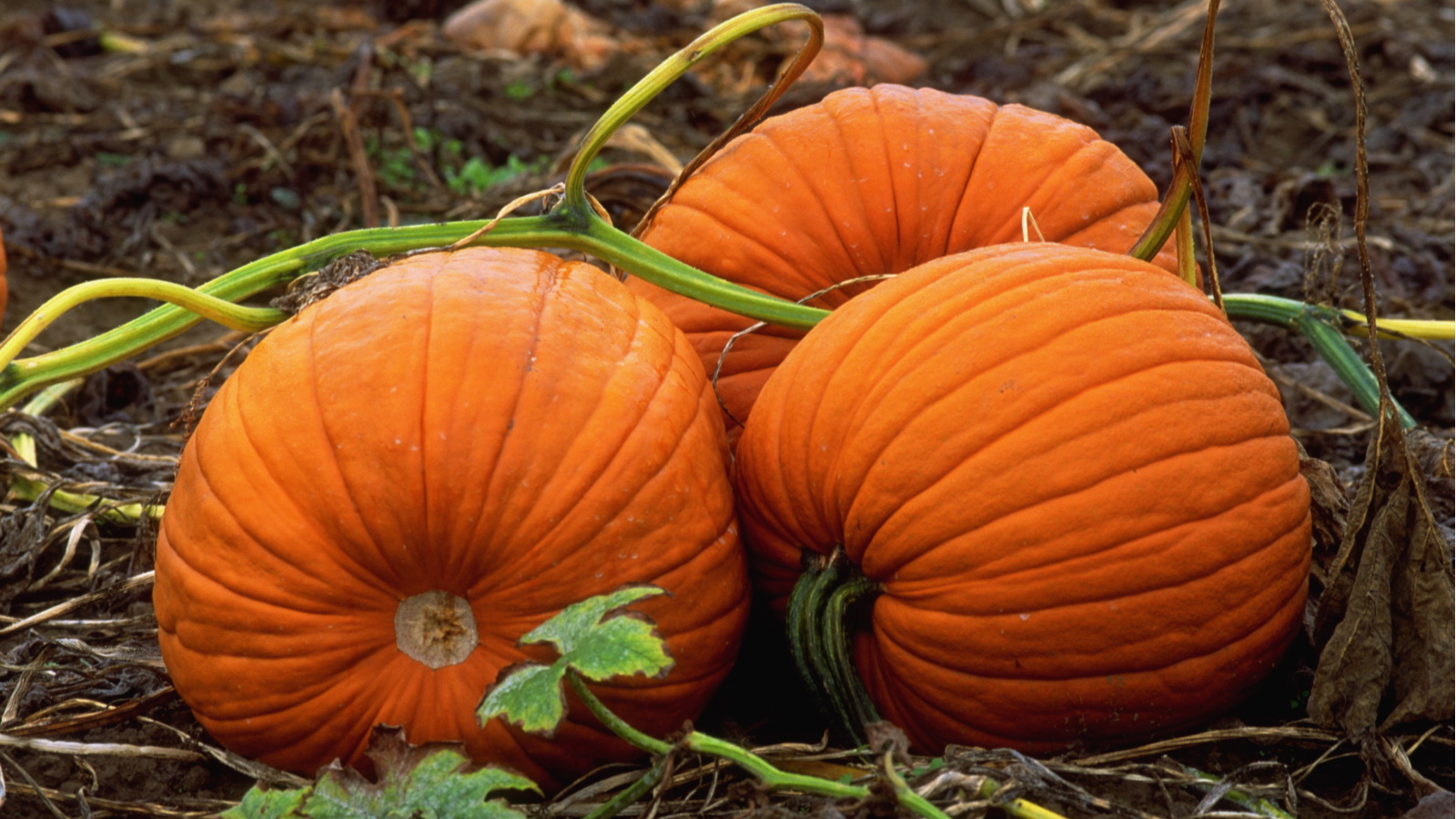
Pumpkins are versatile crops to grow in your yard, whether you use them for fall decoration or to cook with. Knowing the right time to pick a pumpkin off the vine will reward you with the tastiest and ripest gourds.
A vegetable (well, strictly speaking it's a fruit) that is synonymous with the fall season, pumpkins are among the many winter squashes that can be harvested and enjoyed at this time of year. Leaving them on the vine too long will leave pumpkins with an unpleasant taste and even becoming damaged by harsher weather.
Pumpkins are an invaluable addition to your vegetable garden and you should plan when to harvest them just as much as you should plan planting them. Here, we've compiled everything you need to know about when to pick pumpkin off the vine.
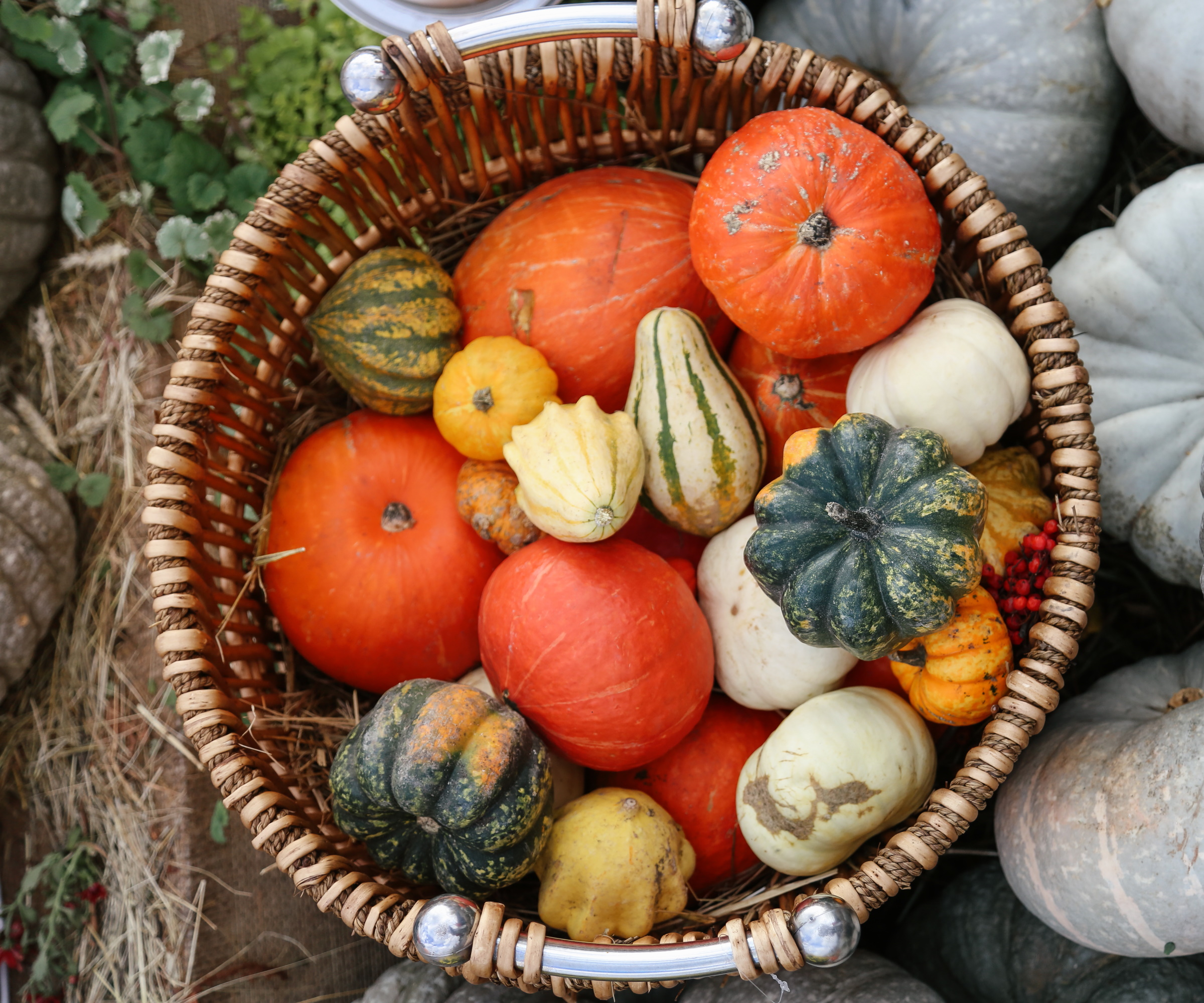
When to pick a pumpkin off the vine
Growing pumpkins requires some patience, as certain varieties have a long growing season.
‘Larger, heartier pumpkins tend to need more time to grow, mature, and then cure in the field before harvesting. This could take up to 120 days for some varieties,’ says garden expert and chef Sylvia Fountaine, founder of Feasting at Home.
Some smaller sugar pumpkins, however, may only require 80-90 days – so there is slightly less urgency to get these varieties in the ground earlier in the year.
The best time of year to pick pumpkin off the vine
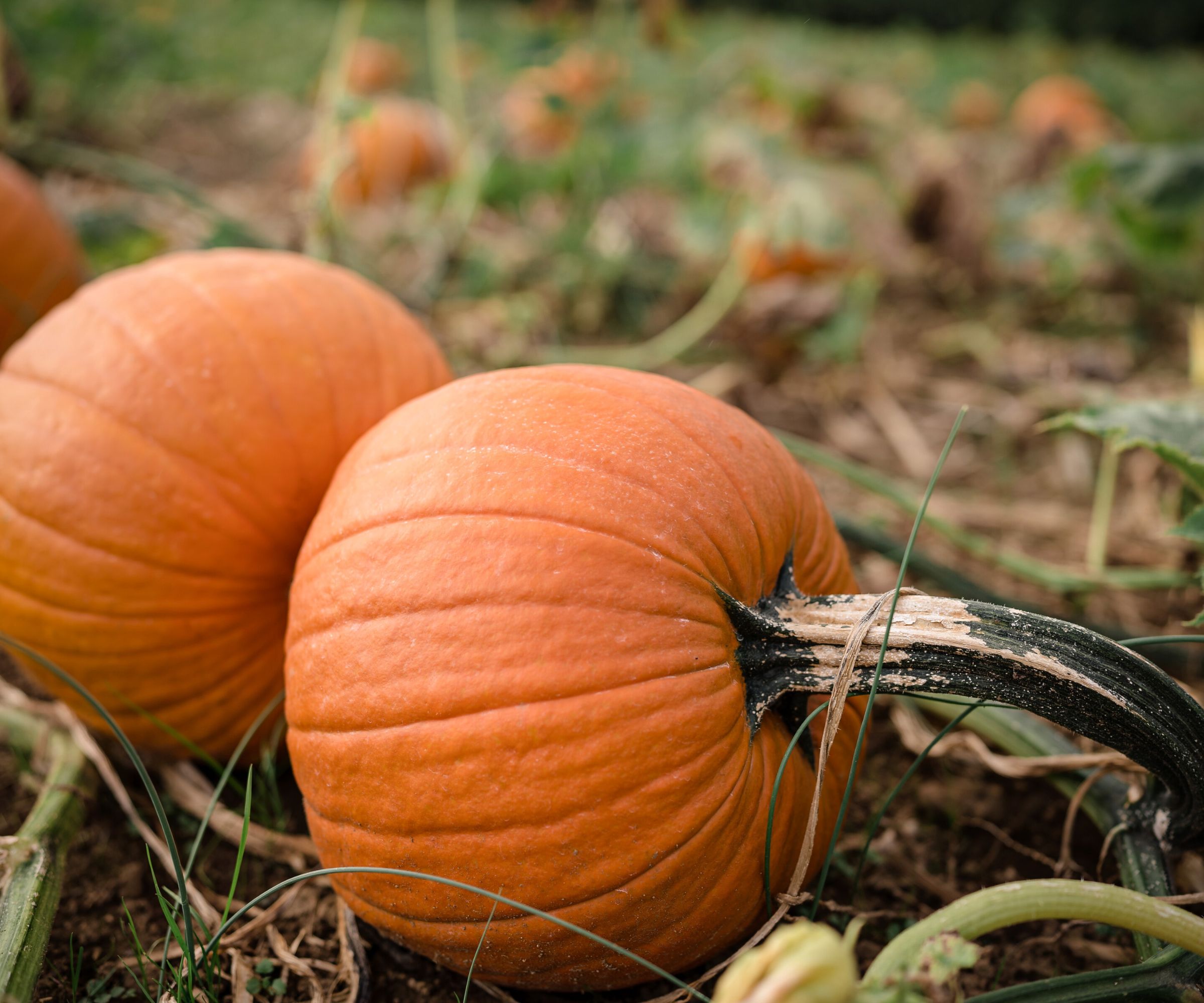
Typically, pumpkins are planted in early spring after the last frosts. This means that it will differ between US hardiness zones. They will then grow to a mature size over summer and be ready to harvest after their curing time, as Sylvia notes.
Design expertise in your inbox – from inspiring decorating ideas and beautiful celebrity homes to practical gardening advice and shopping round-ups.
'Pumpkins are generally harvested in the late summer to early fall months, but with climate change it's important to look for signs that the pumpkin is ready to be harvested,' says Malcolm Evans, Director of Farming at Urban Grower's Collective.
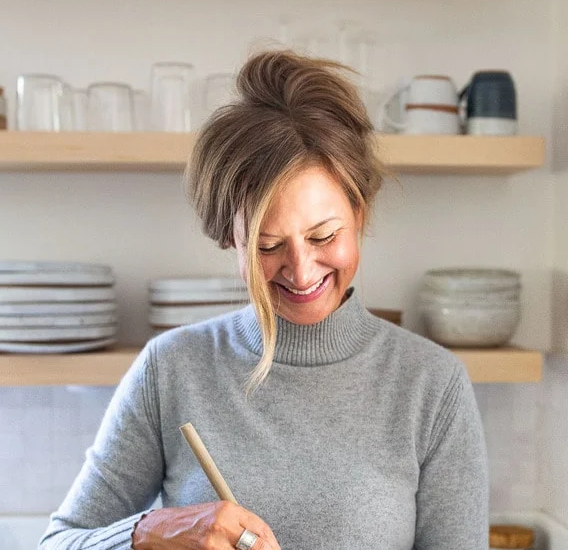
Sylvia Fountaine started Feasting at Home more than 12 years ago to share recipes from her catering business. She is a professional chef, former restaurant owner and caterer, and has been in the food industry for more than 25 years.

Malcolm Evans (he/him) has served as the Production Manager for Urban Growers Collective since 2018. Formally, Malcolm was a Production and Marketing Program Assistant at Growing Power, Inc. for the seven years prior to its closing. Malcolm began his farming career at the age of 12, when Growing Power installed the Chicago Lights Urban Farm and Community Garden in the Cabrini-Green neighborhood.
Signs a pumpkin is ready to be picked off the vine

There are several ways to tell when to pick a pumpkin off the vine:
- The pumpkin should be bright orange in color
- The stems and vine will be dried out and starting to wither
- The shell should be hard. If it’s soft, do not harvest the pumpkin
- It sounds hollow when you tap on it
'You can test this by using your fingernail to try and pierce the skin,' suggests horticulture expert and founder of Yardwork, Michael Clarke. 'If your fingernail easily pierces or creates an indentation in the skin, the pumpkin is still not ready, but if the skin is firm and doesn't leave an imprint when trying to pierce it, the pumpkin is ready,' he adds.
Another way to tell if a pumpkin is ripe enough to pick is if it produces a hollow sound when you tap it.

Michael Clarke is the founder of Yardwork and Pulled, the online platforms for everything home and garden. He has a degree in landscape architecture and horticulture from the University of California Davis.
How to pick pumpkins off the vine
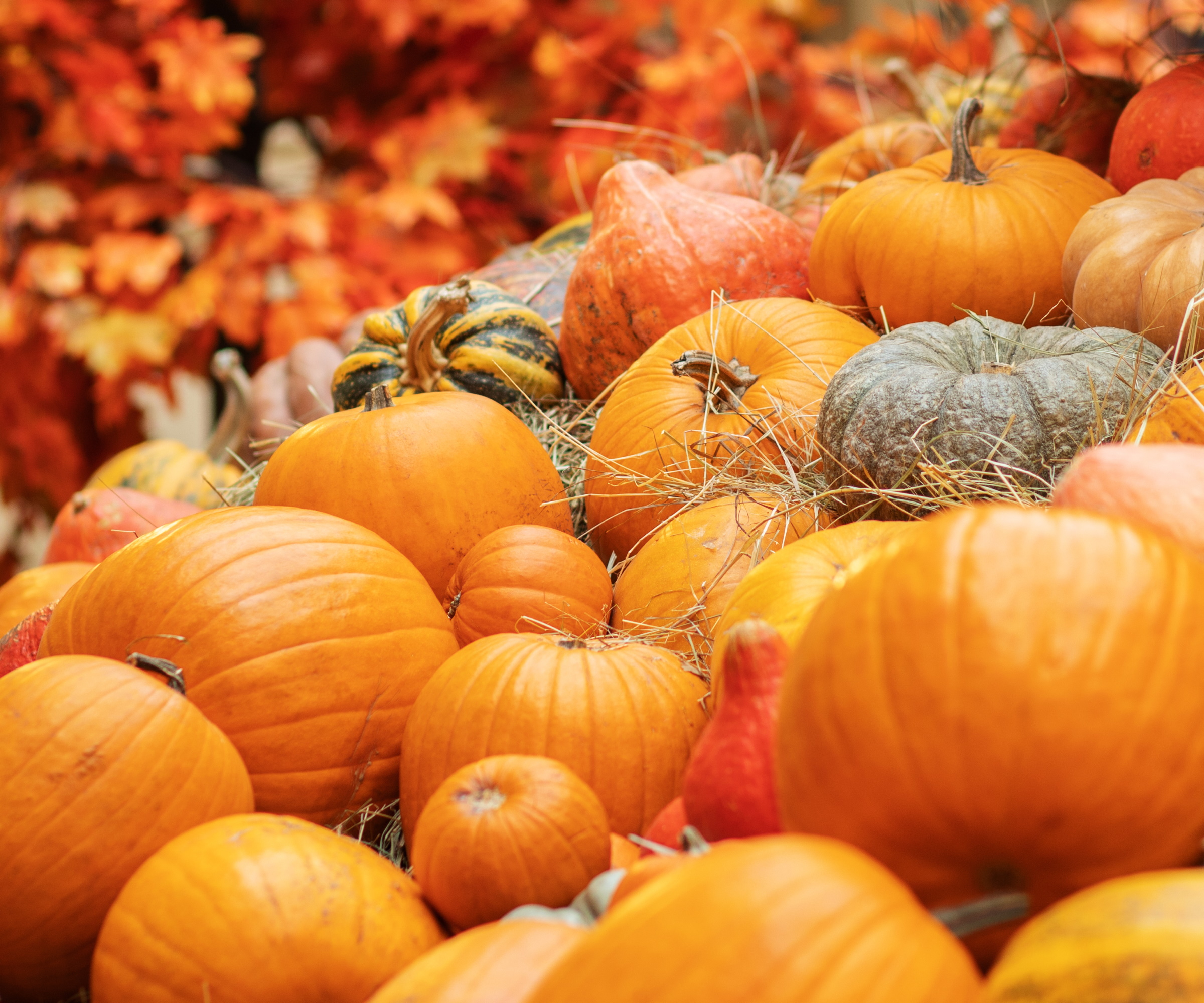
Once your pumpkins are ready to pick of the vine, it's time to harvest them. To harvest the pumpkin, use a pair of pruning shears, like these from Amazon, or a sharp knife, like this hori hori garden knife from Walmart, to cut the stem, leaving a couple of inches left on the pumpkin. Don’t break the stem off as this will cause it to rot.
'After you cut the pumpkin from the vine, leave it in a sunny spot for several weeks,' says Annette Hird, expert gardener at Easy Urban Gardens. Curing hardens the skin, ripens the fruit and concentrates the pumpkin's sugars to make it taste sweeter.

Annette Hird has an Associate Diploma in Horticulture and is an urban gardening expert. She has worked as a professional propagator and managed, maintained and improved many urban and rural gardens. She also enjoys growing her own fruit, vegetables, herbs and flowers as well as many different types of ornamental plants.
FAQs
How long can you keep a pumpkin on the vine?
The timing for when to pick a pumpkin off the vine is generally from mid-fall – depending on when they were planted. You want to leave them on the vine for as long as possible to ripen and the flesh sweeten. Frost can potentially damage the fruit, which will affect the flavor and also result in them not storing well, so it's a good idea to bring them in before the first frost or when night temperatures begin to drop below 40°F. Once pumpkins are ripe, they are also at risk from being eaten by squirrels and birds if left on the vine for too long, Once they are ripe, pick and store to ensure your crops remain intact.
How do you store a pumpkin after you pick it?
Once you have picked a pumpkin, wash off any soil or dirt and leave the pumpkin in a warm and dry spot to harden the skin.
‘Keep in mind you will need to add an extra week to ten days for the pumpkin to cure,’ explains garden expert and chef Sylvia Fountaine, founder of Feasting at Home. This process allows your pumpkin to last for months, whereas uncured pumpkins can decay in a matter of weeks.
As well as using delicious pumpkin in a multitude of dishes, if you know how to harvest pumpkin seeds you can toast and add these as a garnish, or store them to start a new crop of pumpkins off next year.
Rachel is senior content editor, and writes gardening content for homesandgardens.com, Homes & Gardens magazine, and its sister titles Period Living Magazine and Country Homes & Interiors. She has written for lifestyle magazines for many years, with a particular focus on gardening, historic houses and arts and crafts, but started out her journalism career in BBC radio, where she enjoyed reporting on and writing programme scripts for all manner of stories. Rachel then moved into regional lifestyle magazines, where the topics she wrote about, and people she interviewed, were as varied and eclectic as they were on radio. Always harboring a passion for homes and gardens, she jumped at the opportunity to work on The English Home and The English Garden magazines for a number of years, before joining the Period Living team.
- Tenielle JordisonGardens Content Editor
